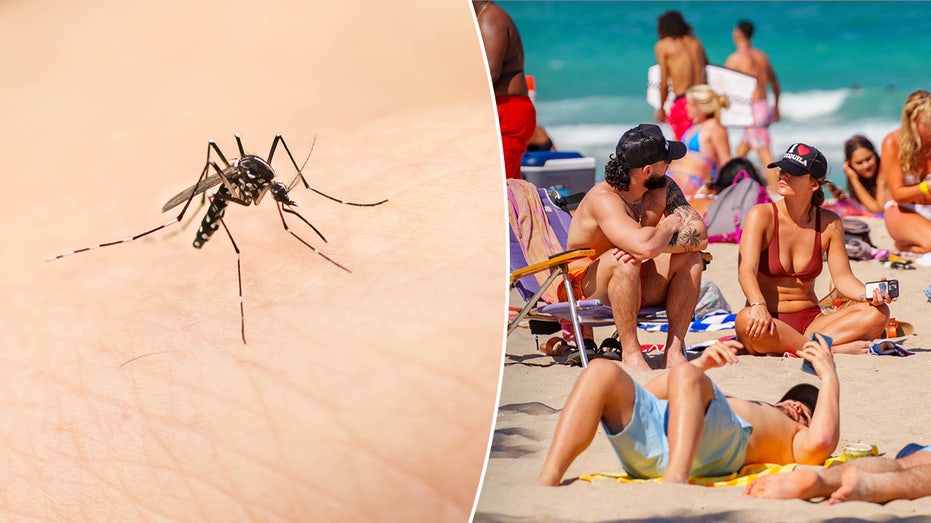Dengue Fever Cases Rising in Popular Spring Break Destinations, CDC Warns

Sarah Johnson
March 27, 2025
Brief
The CDC warns travelers of rising dengue fever cases in popular destinations, urging precautions like repellents and protective clothing to avoid mosquito bites during spring and summer trips.
Attention, spring breakers: If sunny beaches and tropical cocktails are on your itinerary, mosquitoes might have other plans for you. The Centers for Disease Control and Prevention (CDC) has issued a warning about rising cases of dengue fever — a mosquito-borne viral illness that’s becoming a serious concern in some popular travel spots.
The CDC’s Health Alert Network advisory, released on March 18, highlights that dengue transmission remains high in both U.S. territories, like Puerto Rico and the U.S. Virgin Islands, and globally. With spring and summer travel aligning with peak dengue season in many countries, the risk of travel-associated cases is spiking.
Key advice from the CDC? Avoid mosquito bites like your vacation depends on it. Using EPA-registered insect repellents, wearing protective clothing, and ensuring your sleeping quarters are mosquito-proof (air conditioning or screened windows are ideal) could save you a lot of pain — literally.
Countries reporting higher-than-usual dengue cases include hotspots like Brazil, Mexico, the Philippines, and Fiji, among others. This is especially relevant for American travelers returning home from these regions, as cases have also popped up in California, Texas, and Florida due to local transmission.
Dengue fever symptoms can range from mild aches and pains to severe headaches, abdominal pain, and even death in rare cases. Most people recover within a week, but the experience isn’t exactly a walk in the park. There's no medication to treat dengue, so rest, hydration, and acetaminophen for the pain are the best options for managing it.
There is, however, a vaccine available for U.S. children between 9 and 16 years old who’ve previously tested positive for dengue and live in areas where the infection is common. While this doesn’t solve the problem for the broader population, it’s a step in the right direction.
In 2024 alone, over 13 million cases were reported across the Americas, Caribbean, and beyond — a staggering statistic that underscores the importance of preventive measures. The CDC has marked dengue fever as a Level 1 health alert, urging travelers to take precautions seriously.
So, as you pack your bags for that dream getaway, maybe toss in some extra bug spray. You might thank yourself later.
Topics
Editor's Comments
It’s fascinating how something so tiny can wreak havoc on millions of people worldwide. The mention of tiger mosquitoes being 'the most invasive species' makes me wonder if these bugs are the true villains of modern travel. Maybe we need mosquito-free resorts to go along with our SPF!
Like this article? Share it with your friends!
If you find this article interesting, feel free to share it with your friends!
Thank you for your support! Sharing is the greatest encouragement for us.



